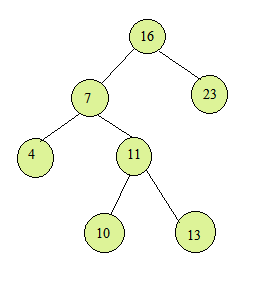Samsung R&D Bangalore Interview Experience
I attended SISO Interview process recently. So I am going to share my experience with the interview process. I undergo the following rounds for the selection process Written round ( Technical) GSAT ( Aptitude test) Technical Interview I (50-60 mins) Technical Interview II (10-15 mins) HR Interview (10-15 mins) CHECKOUT VIDEO of Samsung R&D interview experience to skip reading SISO came to my college for a written test and an interview was scheduled later for shortlisted candidates in the Bangalore Samsung office.The first round was written technical in which 20 simple C, C++, JAVA, and DS questions were there. From my college, around 35-40 students were shortlisted for Interviews in Bangalore. In Bangalore, there were around 150 people from other colleges also. The next round was the Global Samsung aptitude test. The level of ...
